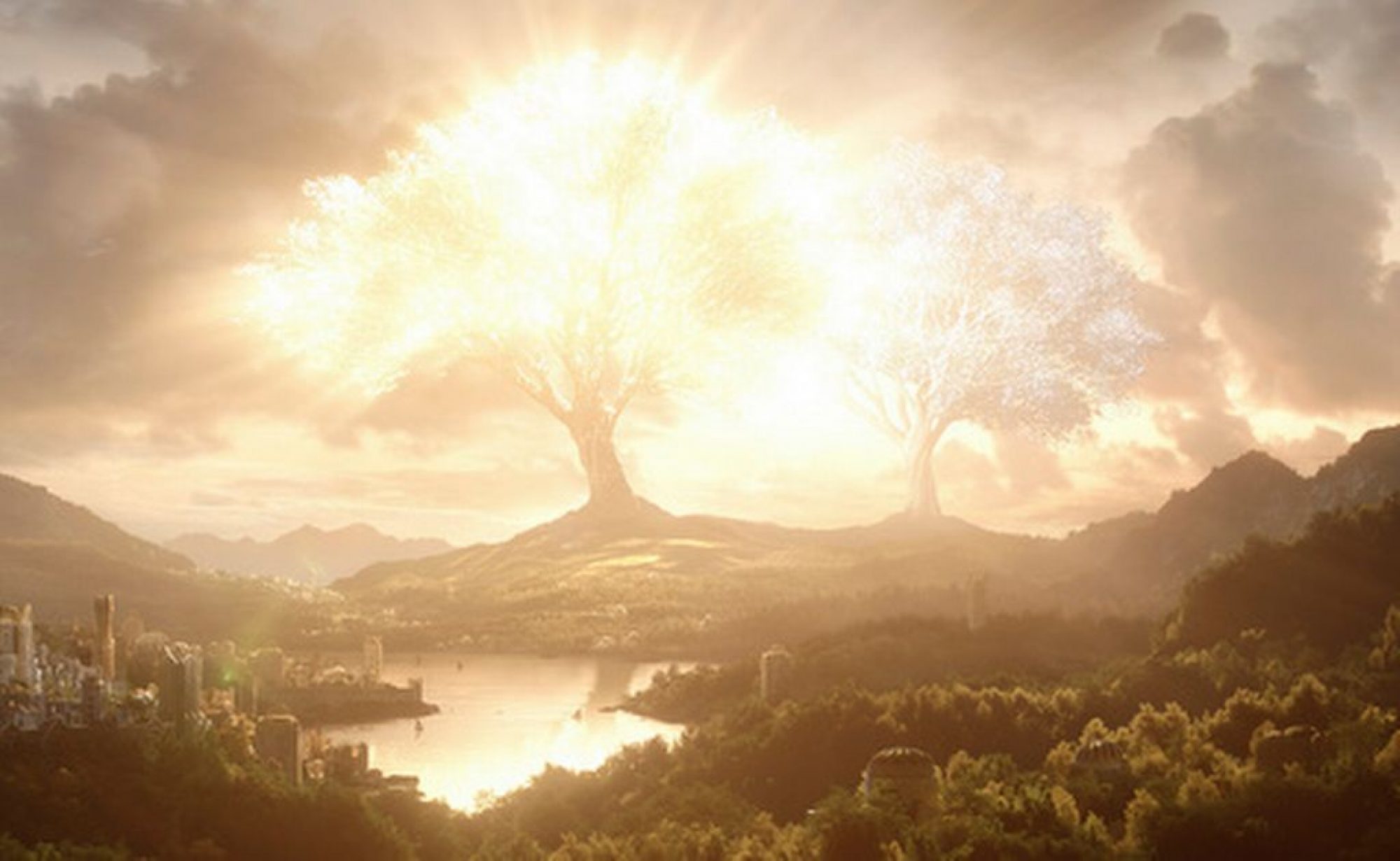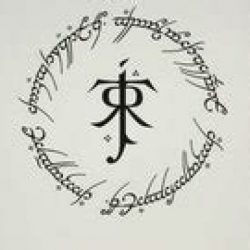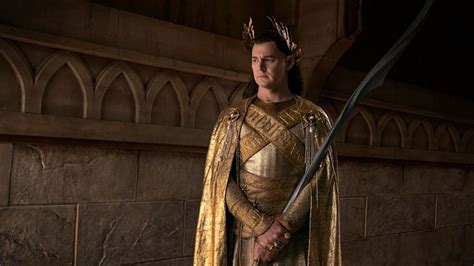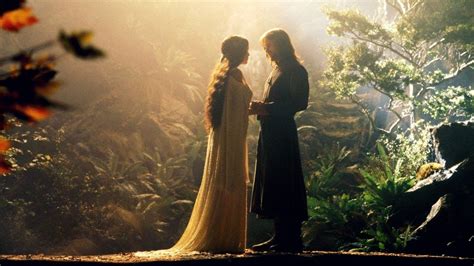While Galadriel was my top 3rd Age character, none can sway me in saying that Earendil is the best character Tolkien ever wrote (with the possible exception of Niggle)
Age Born: Years of the Sun
Age (At time of Landing): 42
Race: Edain
Family: Tuor (Father), Idril (Mother), Elwing (Wife), Elrond and Elros (Sons)
It truly is easier to simply walk into Mordor than to stand against the iron-strong will of Earendil, Savior of Ennor. Born in Gondolin and growing up at the Havens of Sirion, Earendil learned from the Noldor, and was a great warrior even among them. At age 22 (525 FA), he wedded Elwing the Fair, granddaughter of Beren and Luthien, and his parents departed for Valinor, leaving him to live on and rule the Havens of Sirion.
He was always a mariner. More often than not he was at sea on his beautiful ship, Vingilot. Why, I could write a full article on his boat alone! Eventually, though, this lifestyle literally saved his life when the Havens were assailed by Sons of Feanor, Maedhros and Maglor. Elwing alone escaped, diving into the sea wit the Silmaril upon her breast. but Ulmo pitied her, and gave the form of a white dove, and she was able to find her husband at sea. Together, Silmaril upon Earendil’s brow, they sailed West for 4 long years (538-542), until they finally made it to Aman. There they pleaded with the Valar, and the Valar came to Ennor.
But Earendil and Elwing were never again permitted to set foot in Middle-Earth. Vingilot was placed into the sky, and the two were given immortality as they sail through the sky as the night’s brightest star (a reference to Venus, or Undomiel / Evenstar) forever. Earendil defeated Ancalgon, Morgoth’s greatest dragon, and Beleriand was cleansed of the Dark Lord’s taint.
Sadly, Christopher will likely take the film rights for the Silmarilliion to his grave, and we have a long wait still ahead of us before we see Earendil’s story portrayed on the big screen. Perhaps in my lifetime… perhaps not.





